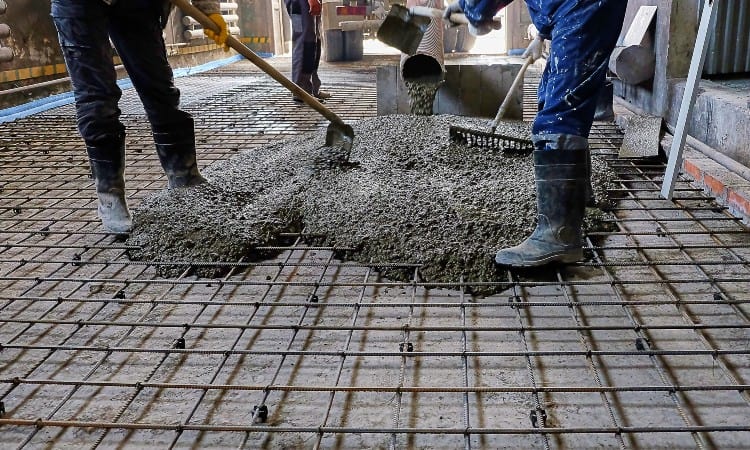Concrete is an extremely flexible building material, capable of being applied by hand, pump, spray or grouted. Builders may also employ it in advanced applications like tunnel shotcreting.
Concrete structures built out of concrete reflect heat instead of absorbing it, keeping structures cooler and saving on energy bills for homeowners.
Durability
Concreting Melbourne is an amazing durable material, capable of withstanding immense pressure without succumbing to breakdown. This durability is one of the primary reasons builders choose concrete in their constructions as it won’t sag or deform when being formed into any shape necessary.
Durability in concrete structures depends upon its chemical makeup, construction method and exposure to environmental conditions. Achieve success requires using appropriate mix designs with adequate water contents for placement and compacting as well as controlling parameters like permeability, plastic shrinkage drying shrinkage effects as well as thermal effects that have an impact on durability of structures made with concrete.
Concrete is an environmentally-friendly building material, as its lifespan can be extended through recycling efforts and its reuse in creating new concrete mixtures from industrial by-products or scrap. Furthermore, its fireproof and energy efficient nature helps limit any harmful emissions during its creation process.
Recyclability
Concrete recycling contributes to sustainability by reducing construction waste from landfills. Used concrete can be crushed into new aggregates for future concrete projects, eliminating the need to mine new rocks from our environment.
Industrial waste normally disposed of through landfills can also be utilized in producing concrete, such as fly ash, ground glass and granulated blast furnace slag. Doing so reduces environmental impacts without diminishing structural quality.
Concrete can also be made using recycled aggregates such as old footer pieces, box junctions and culvert pipes to further minimize resource consumption and energy use. Furthermore, adding retarders or accelerators into mixes allows producers to tailor mixes specifically to individual project requirements while further minimizing resource consumption and energy use – not to mention providing easier placement! Having access to such tools makes concrete production even more cost-efficient than before!
Aesthetics
Concrete may not seem like the obvious choice as an architectural material – typically associated with utilitarian construction where aesthetics don’t take precedence – but concrete has recently seen an upsurge in popularity as architects rediscover its aesthetic potential.
Concrete has endless aesthetic possibilities that can be explored to achieve any finish desired. Pigments and stains can add earthy tones while surface texture can be altered through exposing coarse aggregate or using form liners with various roughness profiles.
Other aesthetic options available with precast concrete include trowel finishing, broomed, stamped, raked, embossed, etched or polished finishes – all possible through precision casting techniques that give architects more control and accuracy in producing architectural features to meet design intent. Working with the right concrete professional will enable achieving your desired finish quickly while minimising complexity and lifecycle costs; to ensure optimal design/construction performance.
Energy Efficiency
Concrete’s thermal mass can help regulate indoor temperature conditions by slowly absorbing and dissipating heat throughout the day. This prevents fluctuations in temperature levels from changing drastically and therefore lowers energy demands and requires less HVAC equipment for operation of buildings.
Concrete’s ability to absorb light efficiently reduces energy usage for illumination, leading to lower utilities for both owners and tenants, saving both considerable sums over the lifespan of a structure.
Concrete’s ability to be recycled and reused is an environmental boon. Old concrete can be broken up and used as aggregate in new mixes using waste material that would otherwise be dumped; this results in higher performance while mitigating environmental impacts. Furthermore, its pavement use helps avoid what’s known as the “heat island effect” where cities experience hotter temperatures than surrounding areas, necessitating extra energy to cool buildings down while increasing air pollution levels.
